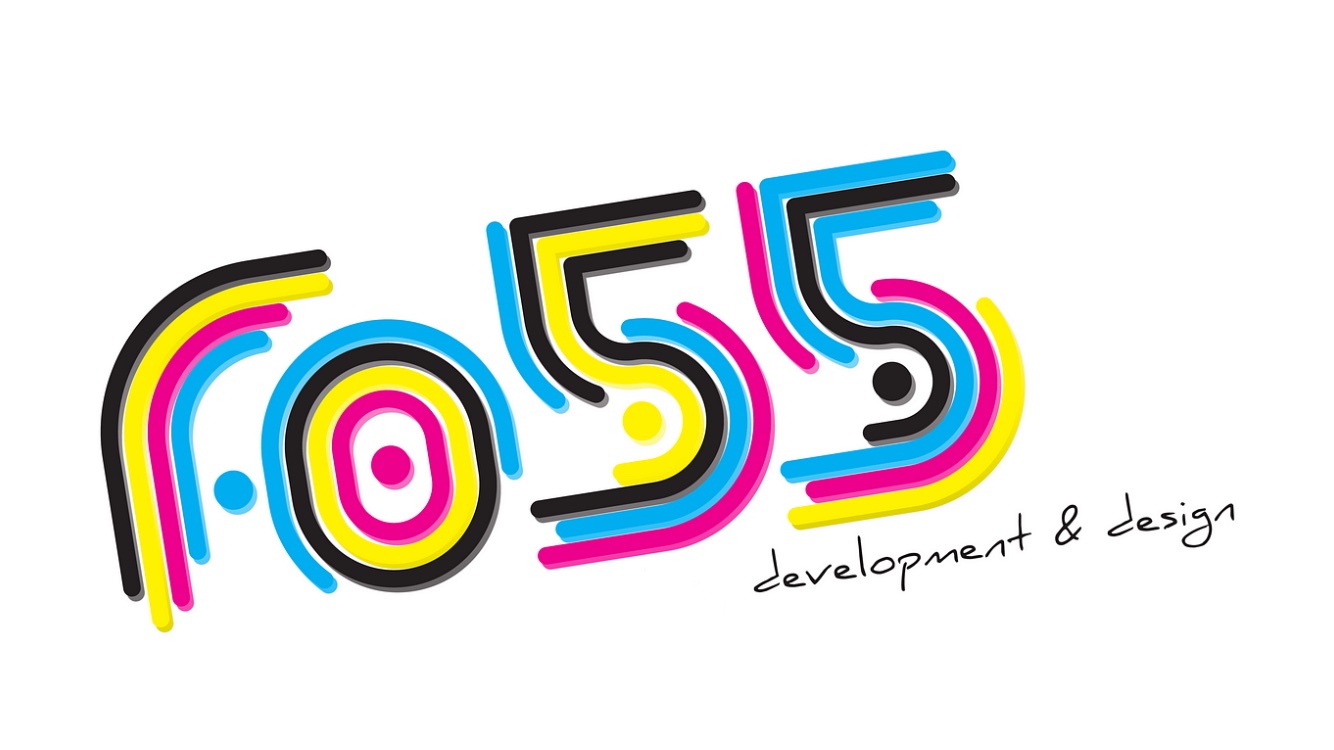
Consumer electronics companies are constantly battling to gain market share, and they use various tactics to win over customers. One of the most effective way is to create a sense of division among consumers, pitting one brand against another. This strategy is what I call divisive marketing, and it is often used in the consumer electronics sector.
The rivalry between Android and iPhone is one of the most well-known examples of divisive marketing. Both operating systems have their pros and cons, but each brand has a loyal following that staunchly defends their choice. The Android vs. iPhone debate has been raging for years, with each side claiming superiority in terms of features, design, and usability.
Similarly, the console wars between Xbox and Playstation have been going on for decades. Fans of each brand often engage in heated debates over which console is better, with each side claiming to have better graphics, better game selection, and a better overall gaming experience.
Another example of divisive marketing in the consumer electronics sector is the divide between consoles and PCs. Console players often argue that consoles are more user-friendly and offer a more streamlined gaming experience, while PC gamers claim that their platform offers better graphics, more customization options, and a wider range of games.
In all of these cases, the goal of divisive marketing is to create a sense of brand loyalty among consumers. By encouraging consumers to identify with a particular brand, companies can ensure that those consumers will continue to buy their products in the future. Additionally, by creating a sense of division between brands, companies can generate buzz and excitement around their products.
Divisive marketing can also have negative consequences, however. In some cases, the rivalry between brands can become so intense that it turns into outright hostility. For example, some Android users may look down on iPhone users and vice versa, leading to arguments and even insults. Similarly, some console fans may engage in toxic behavior online, harassing fans of the opposing brand.
Ultimately, divisive marketing is a double-edged sword. While it can be an effective way to create brand loyalty and generate excitement around products, it can also create unnecessary division and hostility among consumers. As such, it is important for companies to use this tactic responsibly, without resorting to toxic behavior or insults.
It should be up to consumers to make their own informed choices based on their personal preferences and needs, rather than getting caught up in the hype and rivalry generated by divisive marketing. Maybe one day this kind of marketing tactic will be generally frowned upon or even declared as “against public interest” just like the subliminal advertising was in the 50s. Until then, don’t get too much into it.
